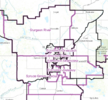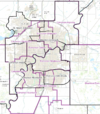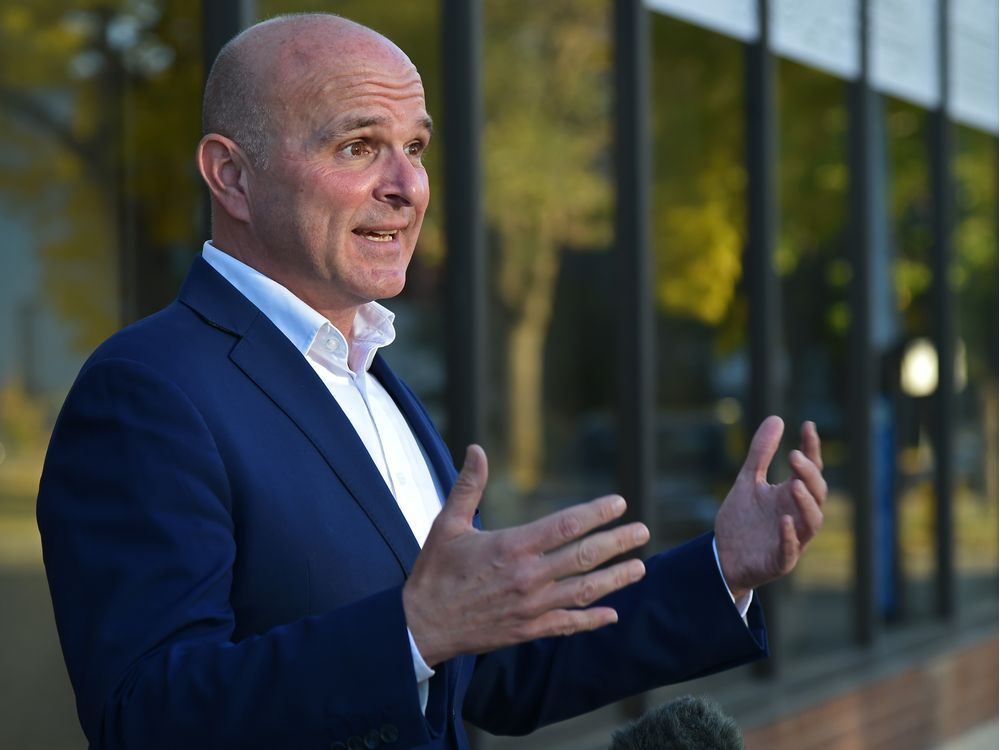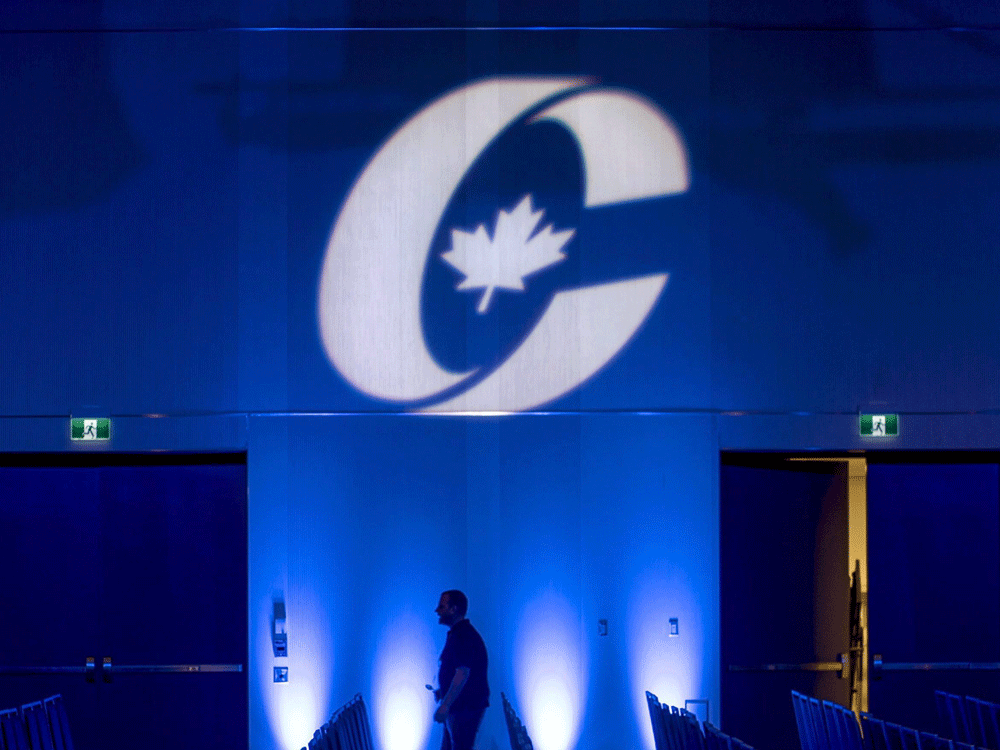New federal ridings have been proposed for Alberta, which can be found at
https://redecoupage-redistribution-2022.ca/com/ab/prop/othaut/rep_e.aspx. They've done a fairly good job of balancing populations of the ridings. This go around, Alberta picks up three new ridings. In Edmonton, ridings that were previously shared with St. Albert and areas south of the city have retreated fully within city limits, giving Edmontonians more representation to account for population gains since 2011.
A few observations relevant to Edmonton, and how I think party standings could be influenced:
-Edmonton-Strathcona has added a bit of territory south of the Whitemud to account for population growth not keeping up with other areas. I feel like the previous riding's population was somewhat temporarily underpopulated, given that the Census these redistributions are based on was in May 2021, when some people had moved to suburban areas for more space, students weren't attending many in-person classes that year due to the pandemic, and there are just fewer of them around in any month of May than September to April. I think some people and students are now moving back to this area for convenience and shorter commutes. There are also quite a few towers and lower-rises being built in the area, as well as being an attractive place for infills. The areas it picks up are probably some of the less Conservative areas of other former ridings, which could make it more difficult for the new ridings to the south of Edmonton-Strathcona to be competitive, while Edmonton-Strathcona is likely to remain an NDP stronghold.
-South Edmonton: now split into 3 ridings in a more north-south orientation, spreading high growth areas among them. This should help prevent rapid electoral unfairness as was seen in the previous Edmonton-Wetaskiwin riding here, which became the most populous riding in the country by far by 2021. Previous Edmonton-Mill Woods' area west of 66 Street is ceded to the new Edmonton-Gateway riding, and it takes in newer growth area in the southeast. The territory ceded has recently been a bit more Conservative-voting than areas east of 66 Street, so this could possibly make this riding more competitive for a non-Conservative to win, but this could depend on the demographics of those moving into the newer areas south of the Henday.
-North Edmonton: Edmonton Centre loses Conservative voting territory south and west of the U of A to pick up the much more urban McCauley/Parkdale area. This makes this riding less Conservative, however it still could be so competitive between the NDP and Liberals that it would remain anyone's game. Edmonton Griesbach loses McCauley/Parkdale and picks up territory in the far north. This could make it tougher for the NDP to retain this seat.
-Surrounding municipalities: The character of most ridings surrounding Edmonton would change to be centred more on the immediate suburbs and less on rural areas. Conservatives will probably still win all of these seats, but the representatives may need to be more moderate Conservatives than is typical of rural areas.
I think this riding design is overall pretty good, but I would suggest that the new Edmonton-Griesbach could be shaped better to contain more of the mature neighbourhoods north of the river and Edmonton-Manning could focus more on newer suburban areas (e.g. put the Belvedere and Bannerman areas in Edmonton-Griesbach and give Edmonton-Manning Lago Lindo), as this would better group communities of interest.
If anyone feels strongly that mistakes are being made or that the ridings could be improved before these are finalized, you can attend public participation sessions on September 12 and 13 in Edmonton where the commission will hear public cases (but you have to notify them by August 15).













